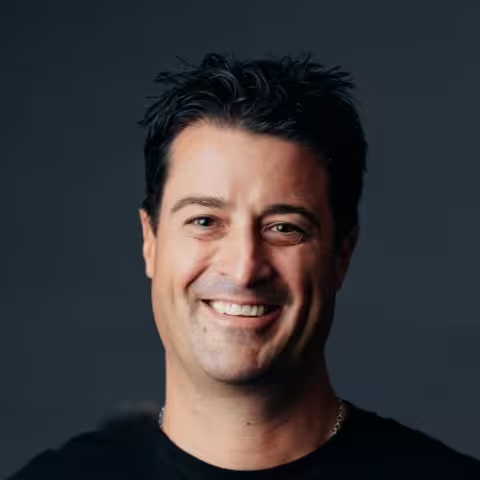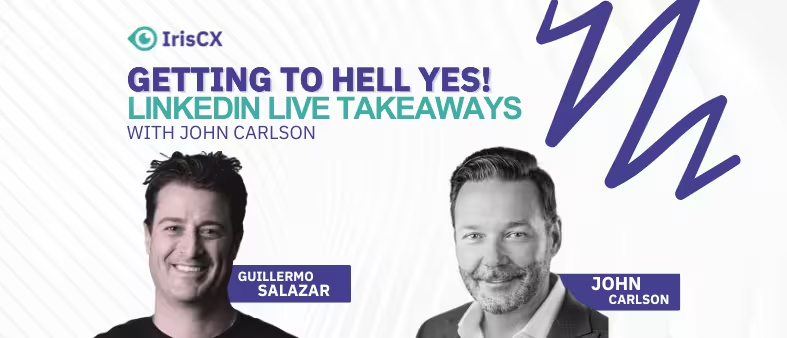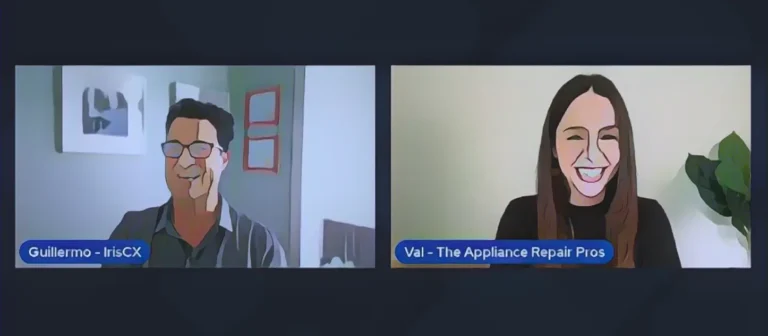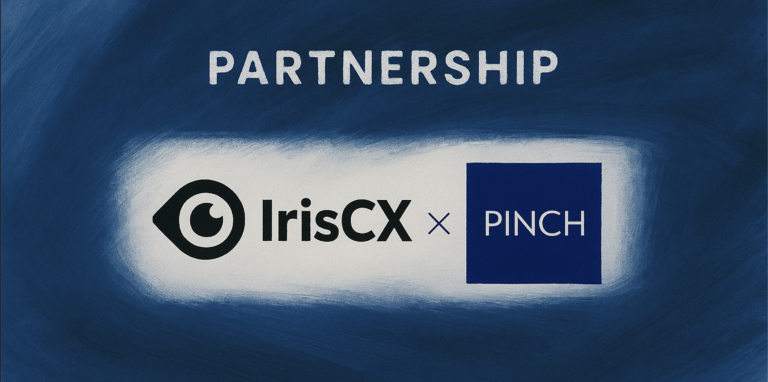From Farm Fields to Multifamily Leadership
John Carlson didn’t plan to lead one of the most respected property management companies in the West. He grew up on a farm in southern Minnesota, working full-time outside of school from age 10. Engineering was his original path. He studied electrical engineering and landed a job at a semiconductor company during school. That experience opened his eyes to a wider world—and to the realization that he didn’t want to be an engineer forever.
When he moved to Phoenix in 2001 during a recession, jobs were scarce, especially in tech. Out of necessity, John started leasing apartments part-time at a Mark-Taylor community. He didn’t know it then, but this marked the start of a lifelong career.
“I was 24, fixed mindset, full of ego. But I had bills to pay,” John recalls. A week after turning down the leasing job, he changed his mind. That decision opened a door not just to employment, but to purpose. “Six months later, I got a callback from an engineering firm, but I said no. Real estate felt right.”
Over the next two decades, John advanced from site-level leasing to asset management to CEO. Along the way, he became a student of the multifamily industry, learning from mentors, institutional partners, and on-the-ground staff.
“Life’s about forks in the road. I chose real estate. And I’ve never looked back.”
Selling Ideas Internally Beats Pitching Products
Most people think of sales as persuading customers. But in John’s experience, the toughest sales happen inside your own walls.
When he stepped into asset management in 2004, John led teams with decades more experience.
“I walked into Courtney Village to lead two senior professionals—Todd and Diane—who had more combined years in the business than I had years on Earth,” he laughs. “My thought was, what value can I possibly bring?”
This discomfort was key. “Discomfort signals growth. It means you’re on the edge of your current capacity. That’s where growth happens.”
To succeed, John didn’t act like he knew everything. He listened.
“I became obsessed with understanding the market and our people. I asked questions. I paid attention to what mattered to them. And slowly, we built trust.”
“If you want to create change, don’t start with what you think. Start with what they feel.”
That trust became the currency he used to drive innovation.
Creating the Culture of Hell Yes
In the multifamily world, innovation often gets stuck between big ideas at corporate and resistance at the site level. John realized that even the best solutions would fail without buy-in.
“People don’t resist innovation. They resist being told what to do without being heard.”
That’s where Mark-Taylor’s culture made the difference. Together with the leadership team, John helped define five core principles:
- Be Transparent
- Do the Right Thing
- Be Better Than Yesterday
- Choose the Right Attitude
- Take Extreme Ownership
These aren’t just wall posters. They guide onboarding, performance reviews, and daily decisions. When employees know the standards, conversations shift from personality to purpose.
“It removes ambiguity. If someone doesn’t meet expectations, we don’t argue. We refer back to the principles. It makes accountability easier and more human.”
“Principles aren’t just guidelines—they’re the guardrails for trust.”
It also sets the stage for what John calls the “Hell Yes Effect.”
“Getting to hell yes starts with solving a real problem. But you can only identify real problems by listening. You have to ask what’s not working, get people involved early, and then co-create the solution.”
A perfect example: introducing Valet Living (formerly Valley Waste) to the West Coast in 2007. John had to sell the concept up to owners and down to site teams.
“Without employee buy-in, it would’ve been a disaster. They helped refine the program, and today it’s standard across millions of units.”
“A great rollout isn’t about telling people what to do—it’s about showing them how they helped shape it.”
That feedback loop—from leadership to site teams and back again—turns new ideas into scalable, sustainable wins.
Letting Results Speak
Mark-Taylor has become synonymous with quality. But that reputation isn’t just branding. It reflects systems, standards, and servant leadership.
“We ask vendors: Are we paying you on time? Are we treating you well? Because how we treat people matters.”
Everything rests on behavior: how employees act, how leaders listen, and how the organization moves together.
Their internal processes are tight—pre-opening checklists, certification standards, marketing alignment, and data-informed strategy.
“We don’t react to last month’s market report. We respond to real-time data. That’s how we stay ahead.”
This approach creates what John calls the “flywheel of trust.”
“When clients trust us, they give us more flexibility. If we drop the ball, they don’t panic—because they know it’s not the norm. They know we’ll fix it.”
“You don’t need perfection to earn loyalty. You need consistency and care.”
And that shows up in retention:
- 95% of properties have 4.5+ Google stars
- Turnover keeps trending down, even in a competitive hiring market
- Most new business comes from referrals, not RFPs
They’ve even said no to deals that didn’t fit.
“We fired ourselves from B and C assets. It was tough. But we knew who we were and what we were building.”
That clarity extends to their decision not to chase national expansion.
“People ask us to go to other states all the time. But we know that our magic comes from culture. And that’s hard to scale overnight.”
Three Takeaways
- Start With Empathy Don’t rush the pitch. Whether you’re selling to a client or pitching an idea internally, take time to understand the problem. Ask questions. Listen. Make people feel seen.
- Build a Culture of Trust Trust doesn’t grow in boardrooms. It grows every day—in how you respond to mistakes, handle feedback, and live your values.
- Lead With Transparency and Purpose Let people know why. Transparency doesn’t mean oversharing—it means sharing what matters. When everyone knows the mission, people align faster, perform better, and stay longer.
Final Words
John’s personal mission is simple: “Support, empower, and unify our culture so that someday each employee will love Mark-Taylor as much as I do.”
That kind of leadership isn’t soft. It’s the strongest kind.
“You have to grind. Rise and push. But if you do that with purpose and humility, people follow you. And when they follow you, they buy in. That’s when you get to hell, yes.”
“Leadership isn’t about having the loudest voice. It’s about having the clearest purpose.”
Whether you lead a startup, run a property, or try to drive change inside your company, the path to hell yes stays the same: listen, build trust, and show up consistently.
Because hell yes doesn’t happen by accident. It happens by design.
Ready to Get to Hell Yes?
Start by listening. Align your principles with your people. Create trust at every level.
Want help building a culture that moves your business from maybe to hell yes?
Let’s talk.




